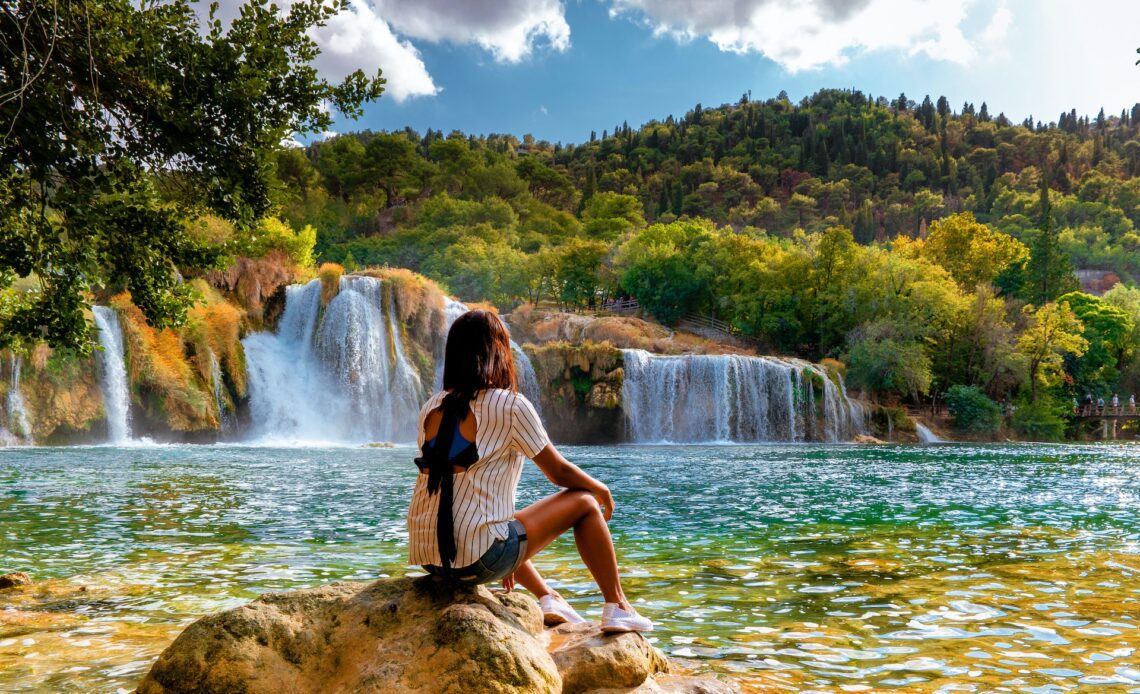Croatia has arty cities, tumbling waterfalls and rolling vineyards.
But most visitors are here for its 2000km (1242 mile) coastline, which tumbles down the Adriatic like a glorious, half-finished jigsaw. Here you’ll find idyllic coves, sophisticated ports and ferries that slip from island to island.
Choosing the best time to go to Croatia depends on what you want from your visit. High season brings hot sun and a party vibe, particularly on the Dalmatian Coast, home to highlights like walled Dubrovnik, its hip cousin Split, and Hvar Town’s classy waterfront. Shoulder season is quieter, and great for hiking and watersports, while winter lets you experience culture and festivals at off-season prices in the capital, Zagreb.
The south of Croatia is a little warmer than the north, but the main difference in temperature is between the coast and the interior. By the sea, summers are warm and winters relatively mild, while in the interior temperatures are more continental, with slightly warmer summer temperatures and colder winters.
This guide to what’s happening through the year in Croatia can help you plan your trip.
July and August’s high season is the hottest time to visit
Croatia’s tourism peaks in July and August, when the Adriatic’s warm waters charm countless visitors. There are boat parties, medieval fairs, while the booze flows freely and the smarter resorts fill with yachters. It’s great fun, though afternoons are roasting hot, the lines at attractions are at their longest and accommodation costs rise. Inland, temperatures are higher but crowds less noticeable, and Zagreb empties as locals head for the coast.
May and September to October have sunshine and fewer crowds
Late spring and early fall are arguably the best time to visit Croatia. Sea temperatures are pleasant and there’s plenty of sunshine, but the country’s pebble beaches and rocky coves are relatively quiet. With endless still seas, May and September are great times to go sailing in Croatia. Onshore, this is the best time to cycle, hike or visit the national parks too. Better still, accommodations are also easier to come by than in high season.
Want some help? Let Elsewhere plan your next trip.
Click Here to Read the Full Original Article at Stories – Lonely Planet…
